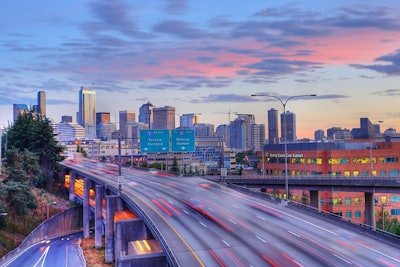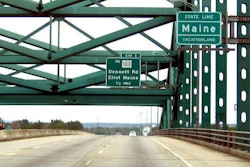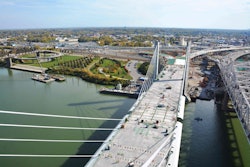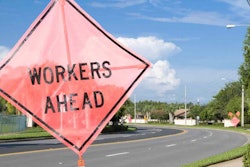 Photo Credit: David Hogan/Flickr
Photo Credit: David Hogan/FlickrVoters in Seattle voted yes to the “Transportation Levy to Move Seattle,“ which will provide $930 million over nine years to fund transportation projects in the city through a property tax increase.
The levy would cost the homeowner of a median priced home in the Seattle, $450,000, roughly $275 per year. Homeowners have been paying slightly less than half that, $130, under the soon-to-expire “Bridging the Gap” levy.
Seattle Mayor Ed Murray proposed the plan earlier this year and asked for public input through the summer. The city council amended and approved the measure in June in order for it to be placed on the ballot in November.
“Seattle will get moving again,” Murray said after the vote in a Seattle Times report. “If current trends continue, while the rest of the nation says no, Seattle says yes — we can be a livable city and an affordable city. Seattle can move forward.”
The program would provide funding for three primary segments; maintenance and repair, congestion relief and safe routes.
Maintenance and repair
The program would provide $420 million for maintenance and repair work.
Street maintenance, in the form of arterial roadway maintenance (repaving) would receive $235 million, and paving spot improvements would receive $15 million.
Bridge maintenance, replacements and improvements would receive $140 million. The remaining $30 million within the maintenance and repair segment would be used for drainage and “urban forest” projects.
Congestion relief
Corridor mobility improvements, including multimodal improvements, traffic signal work, intelligent transportation system updates, transit corridor improvements, light rail partnership improvements, pedestrian and bicycle improvements and freight mobility improvements would receive $303 million.
Safe routes
The segment of the program would receive $207 million for improving safety corridors, safe routes for schools, increased signs and markings, additional bike lanes, sidewalk improvements and neighborhood safety and mobility projects.
Full details of the program are available here.










